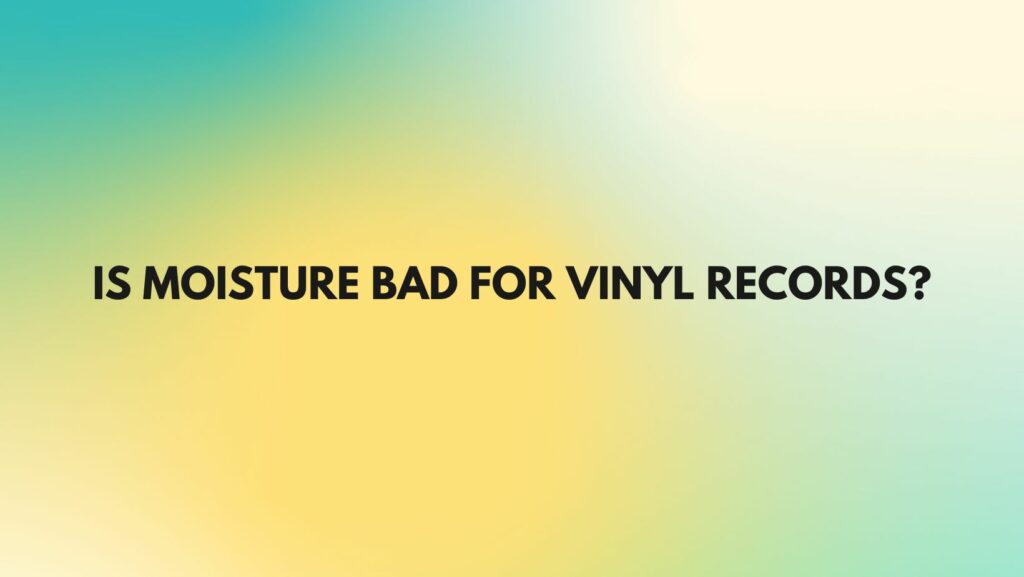Vinyl records, beloved for their rich sound and nostalgic charm, occupy a special place in the hearts of music enthusiasts worldwide. However, beneath their glossy surfaces lies a vulnerability to environmental factors, particularly moisture. In this exploration, we delve into the intricate relationship between moisture and vinyl records, unraveling the implications of humidity and dampness on their longevity and sonic integrity.
Understanding Vinyl’s Sensitivity: Vinyl records, crafted from polyvinyl chloride (PVC), possess a remarkable blend of durability and flexibility. Yet, despite their resilient composition, vinyl records are not impervious to the influence of moisture. The porous nature of vinyl renders it susceptible to the effects of humidity, which can permeate the record’s surface and compromise its structural integrity over time.
The Impact of Moisture: Moisture, in the form of humidity or direct exposure to water, poses a myriad of threats to vinyl records. High levels of humidity can accelerate chemical reactions within the vinyl, leading to warping, mold growth, and surface degradation. Warping occurs when the vinyl expands unevenly in response to moisture, resulting in distortion and playback issues. Mold growth, fueled by damp conditions, can mar the surface of the record and compromise its aesthetic and sonic quality. Surface degradation, manifested as cloudiness or discoloration, detracts from the record’s visual appeal and diminishes its collectible value.
Preservation Strategies: Given vinyl’s sensitivity to moisture, proactive preservation strategies are essential to safeguarding cherished collections. Storing records in a controlled environment with stable humidity levels is paramount to prevent moisture-related issues. Ideally, maintain humidity levels between 40-60% to mitigate the risk of warping and mold growth. Investing in climate-controlled storage solutions and utilizing desiccants can help regulate humidity levels and protect records from environmental fluctuations.
Furthermore, proper handling and maintenance practices are critical in minimizing moisture exposure. Always store records upright in protective sleeves and avoid stacking them tightly to allow for adequate air circulation. Inspect records regularly for signs of warping, mold, or surface degradation, and address any issues promptly to prevent further damage.
Conclusion: Moisture, with its subtle yet potent influence, underscores the delicate balance between preservation and vulnerability in the realm of vinyl records. As custodians of vinyl’s legacy, it is incumbent upon us to recognize and mitigate the impact of environmental factors on these cherished artifacts. Through vigilance, education, and proactive preservation efforts, we can ensure that vinyl records continue to resonate with the timeless echoes of music’s past, present, and future. In the interplay between moisture and vinyl, let us champion the enduring legacy of analog sound, preserving its allure for generations to come.

